So I am trying to parse a .csv file with columns that may include their own comma characters.
Answers here and here say that the best way to easily handle this without writing my own line-by-line parser would be to use the Microsoft.VisualBasic.FileIO library.
Unfortunately, when i try to include this in my project I get the common error:
'File.IO' does not exist in the namespace "Microsoft.VisualBasic" (are you missing an assembly reference?)
Fixes for this issue here and here all say that I need to use the Reference Manager to add Microsoft.VisualBasic to my project, but my reference manager does not have the Assemblies, with Framework and Extensions subgroups tabs that the official help documents say to use to add the package to my project. I have attached a screenshot of my Reference Manager window here. The Projects tab just shows a list of all the projects in my solution and the Shared Projects tab is blank.

I have also checked to see if I should include a NuGet package instead, but that did not solve the problem at all.
